At One Wellness, our goal is to calm pain and inflammation by helping to protect the elbow from further harm. We might use ice, heat, or ultrasound to control inflammation, swelling, and pain. As symptoms ease, we will work with you to improve flexibility, strength, and muscle balance in the elbow.
Your elbow may also need to be rested. If your symptoms are especially severe, you may need to avoid activities that make the pain worse, including sports. Even after your symptoms ease up, activity may need to be restricted for another six to eight weeks.
When your elbow starts to feel better, we will give you exercises to help improve mobility. At first, your therapist will move your arm through passive therapy exercises. Later, the physiotherapists will guide you through active motion exercises, in which your muscles help do the work of moving the arm. As elbow motion and strength further improve, we will introduce more advanced strengthening exercises.
Our physiotherapists will also work with you to help improve your form in ways that reduce strain on your elbow during sports. Pitchers and racket-sport players might benefit from keeping the elbow aligned correctly, instead of angled outward, during the acceleration phase of the pitch or swing.
If your symptoms are especially severe, you may need to make changes that require less overhand activity. For example, pitchers could shift to playing first base. Gymnasts could also focus on maneuvers that don't stress the sore elbow. However, if the detached piece of bone is loose but still attached, all sports activities must be discontinued. Sports can begin again when you have no pain and show full elbow movement.
If your case is severe, you may also need to wear a sling or a long-arm splint for several weeks before starting elbow motion exercises. As symptoms ease and elbow movement improves, we will begin a guided program of strengthening and sport training.
When you are ready to resume sports activities, we will show you how to protect your injured elbow by applying ice. Ice treatments are simple to do: Place a wet towel on the elbow, then lay an ice pack or bag of ice over the elbow for 10 to 15 minutes. Ice treatments should be used after every sports activity.
One Wellness provides services for physiotherapy in Canmore.
What can you expect during rehabilitation?
If you require surgery for your OCD, your doctor may have you wait a few weeks before starting physiotherapy. During your first few physiotherapy treatments, our goal will be to control the pain and swelling following the surgery.
After you’ve recovered from surgery, we will guide you through exercises that help improve elbow motion, get your muscles toned, and restore your activity. First, we will exercise your elbow in positions and movements that don't strain the healing cartilage. As your program evolves, we will introduce more challenging exercises that safely advance the elbow's strength and function.
Most patients with elbow OCD will need to modify their activities after surgery. Most pitchers are unable to throw hard and struggle to completely avoid pain while throwing following the surgical procedure. In general, most athletes with elbow OCD need to stop playing high-level sports due to lingering elbow pain and reduced elbow motion.
If symptoms return, you will need to modify your activities until the symptoms subside. This includes avoiding high-intensity sports until you are no longer experiencing symptoms. Our physiotherapists can help you determine when it is safe to begin exercising your elbow again.
One Wellness provides services for physiotherapy in Canmore.
Portions of this document copyright MMG, LLC.
 Young gymnasts and overhand athletes, such as baseball pitchers, tennis players, swimmers, or volleyball players, are prone to a troubling elbow condition called osteochondritis dissecans (OCD). This condition occurs when blood flow to the elbow joint becomes restricted or is cut off, causing bone under the cartilage to slowly die. This issue originates from the forceful and repeated actions of sports, which strain the immature surface of the outer part of the elbow joint. The bone under the joint surface gradually weakens and becomes damaged. This compresses blood vessels that transport oxygen and nutrients to the bone. As a result of reduced blood flow, the small section of bone dies. The bone may also begin to crack, and fragments of the dead bone may break off and become lodged in different areas. OCD causes pain and reduced motion of the elbow.
Young gymnasts and overhand athletes, such as baseball pitchers, tennis players, swimmers, or volleyball players, are prone to a troubling elbow condition called osteochondritis dissecans (OCD). This condition occurs when blood flow to the elbow joint becomes restricted or is cut off, causing bone under the cartilage to slowly die. This issue originates from the forceful and repeated actions of sports, which strain the immature surface of the outer part of the elbow joint. The bone under the joint surface gradually weakens and becomes damaged. This compresses blood vessels that transport oxygen and nutrients to the bone. As a result of reduced blood flow, the small section of bone dies. The bone may also begin to crack, and fragments of the dead bone may break off and become lodged in different areas. OCD causes pain and reduced motion of the elbow.

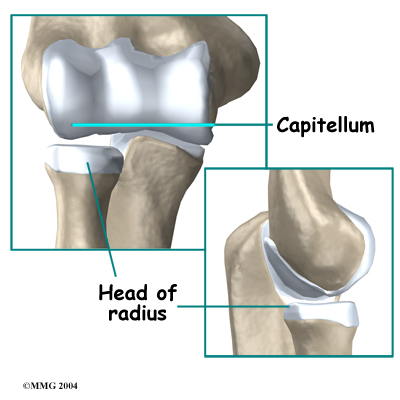
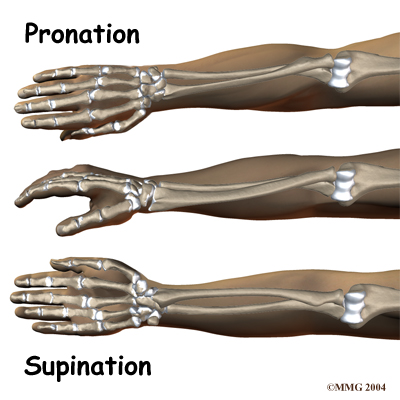
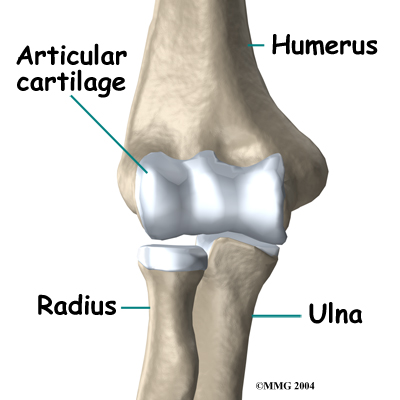

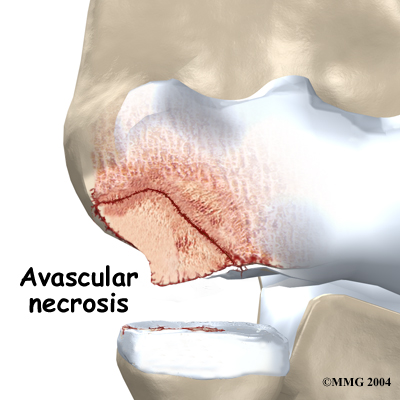
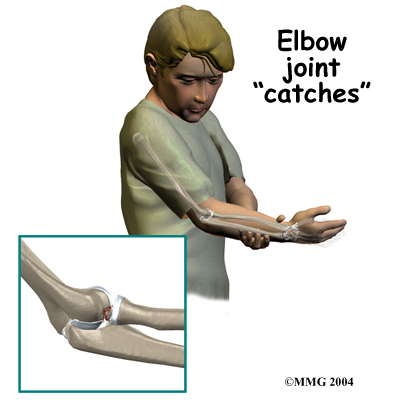


 (403) 679-7179
(403) 679-7179  concierge@one-wellness.ca
concierge@one-wellness.ca 

